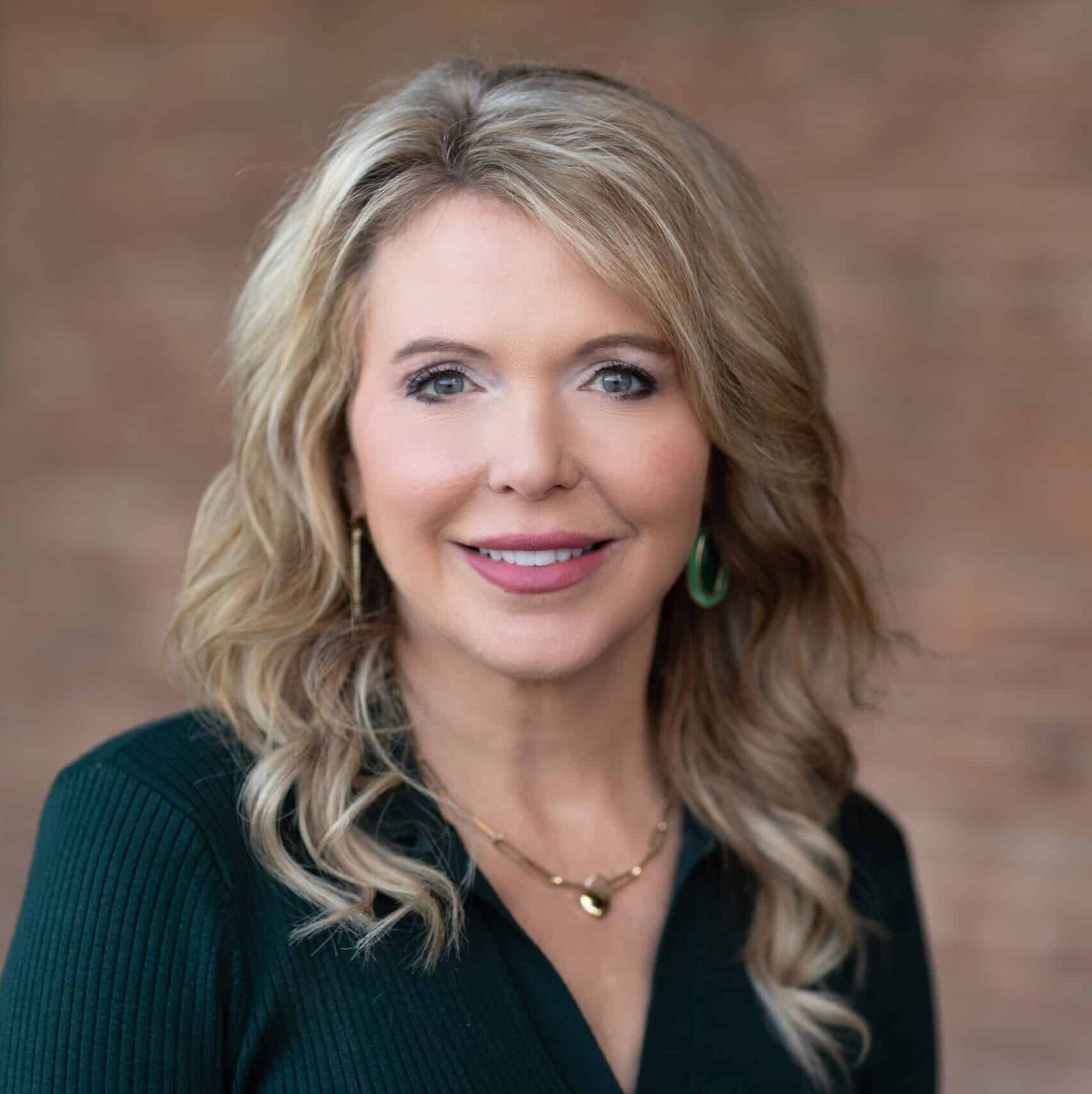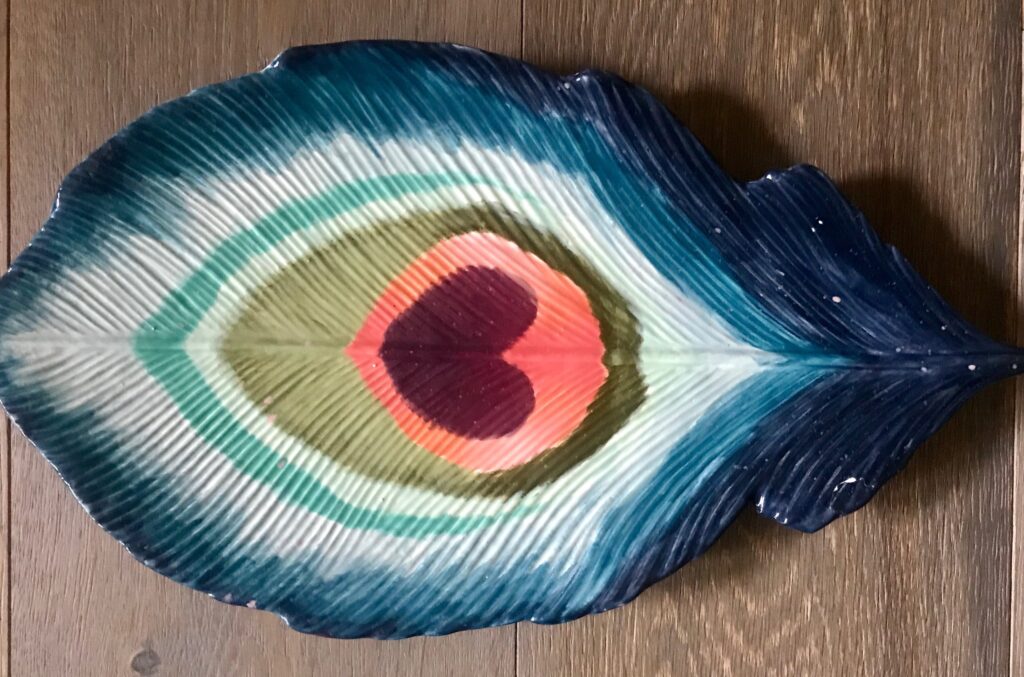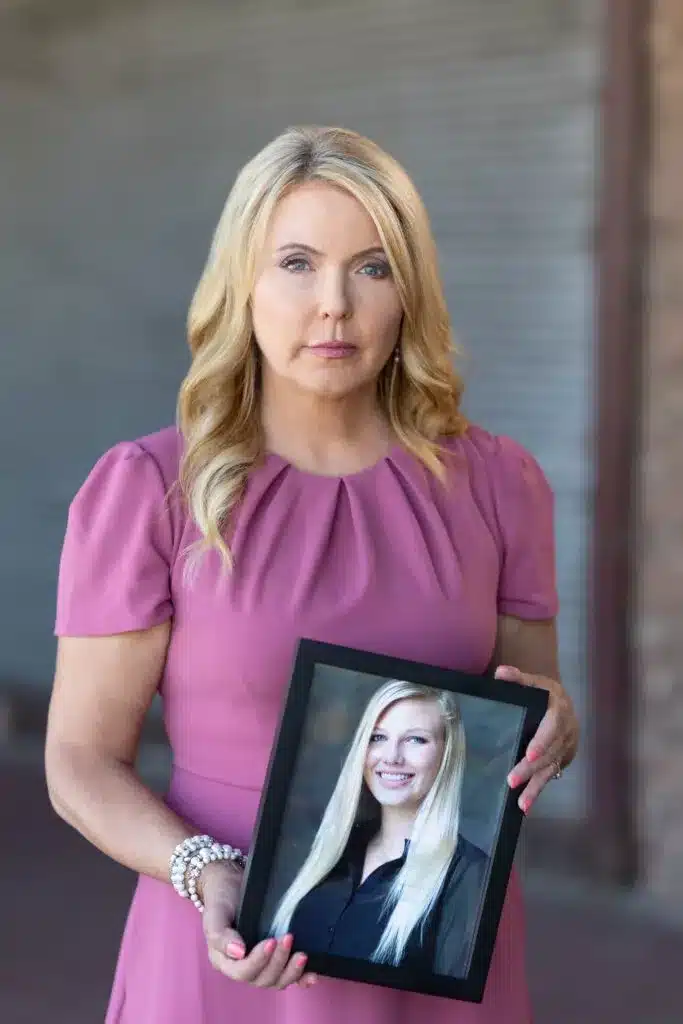When I was pregnant with my first child, I spent hours perusing baby name books. This was in 1997, long before you could just Google baby names and their meaning. I would say them out loud, write them down, pair them with middle names and discuss them with my family and friends.
I chose to keep the sex of my first child a surprise, so I had both boy and girl names picked out for the day my baby was born. I love old-fashioned names and for a girl; one of my top two picks was Grace. My ex-husband immediately nixed “Grace,” saying the name brought up memories for him of an unpleasant and overweight great aunt. When I told him I loved the idea of calling her “Gracie,” he believed kids would tease her and taunt her by calling her “Greasy Groth.”

So I settled on my other favorite name, which was Emily. I had no idea how that name would surge in popularity in the late 90’s. There were always a few Emilys in every grade as my daughter made her way through school. However, I chose Emily because Emily Dickinson had always been my favorite poet. I had an anthology of Emily Dickinson’s poems on my bookshelf. Her writing was ethereal and deeply meaningful. I had also read about Emily’s Dickinson’s unconventional life and hoped my daughter would pave her own path of creativity like the poet.
When she was small, I told her she was named after Dickinson and I read her the children’s book, Emily, by Michael Bedard. The illustrations by Barbara Cooney are beautiful and depict another, simpler time of both whimsy and mystery.
As Emily got older, I recited my favorite Dickinson poem written in 1862:
“Hope” is the thing with feathers –
That perches in the soul –
And sings the tune without the words –
And never stops – at all –
And sweetest – in the Gale – is heard –
And sore must be the storm –
That could abash the little Bird
That kept so many warm –
I’ve heard it in the chillest land –
And on the strangest Sea –
Yet – never – in Extremity,
It asked a crumb – of me.
The bird as a metaphor for hope taking flight in our soul and never abandoning us, even in our most difficult times. It took on additional meaning for me as Emily began struggling in her later teen years and early adulthood. Despite all my efforts, I felt helpless to stop her self-destructive choices and behaviors. But I never gave up hope on my daughter. I prayed relentlessly for her, reciting the mantra, “God can use all things for good.” I truly believed in time and with what guidance she would accept from me, she would figure her life out and get on the right track.


In 2014, Emily gave me a ceramic “feather” for Mother’s Day. She had painted it in my favorite colors, with her signature heart in the middle of it. She had written the first stanza of Emily Dickinson’s poem on the back. It is one of the gifts I treasure the most from her.
After her death, I recited this poem again to myself; tears stinging my eyes. I was flooded with the realization that even though my daughter is no longer here and I cannot have any more hope for her future, my hope for her life to have meaning is still perched in my soul. The storm of her unexpected and tragic death has not abashed the little bird with feathers named Hope. Emily’s Hope lives on And never stops – at all –
Hope, Faith & Courage,
Angela


